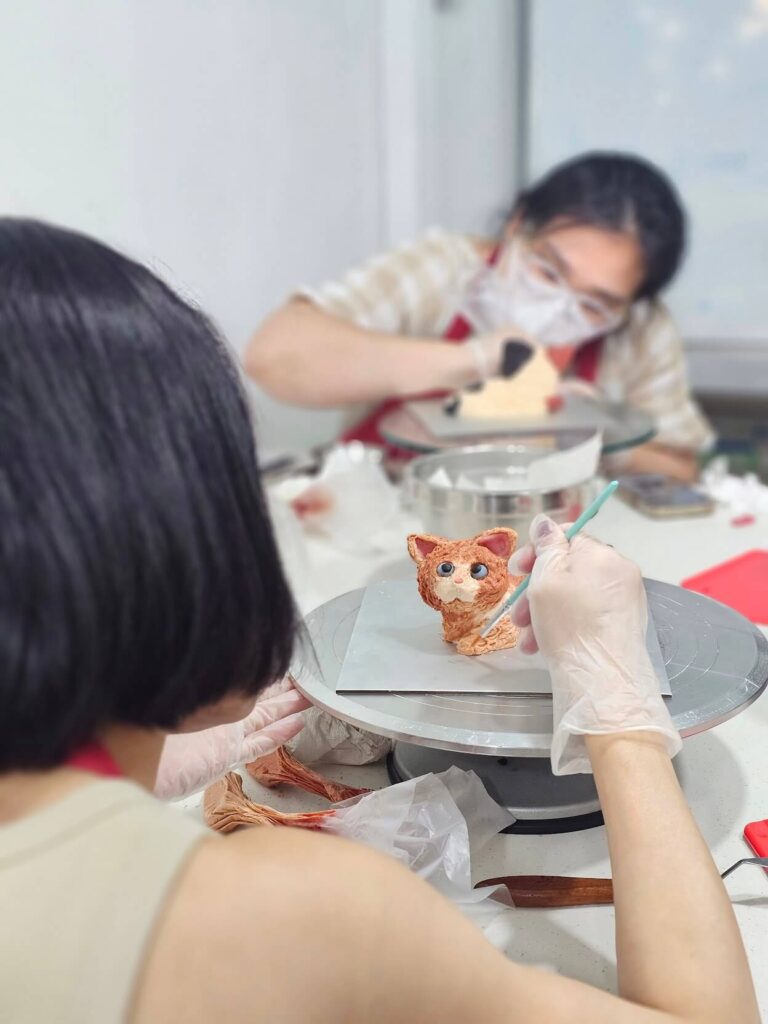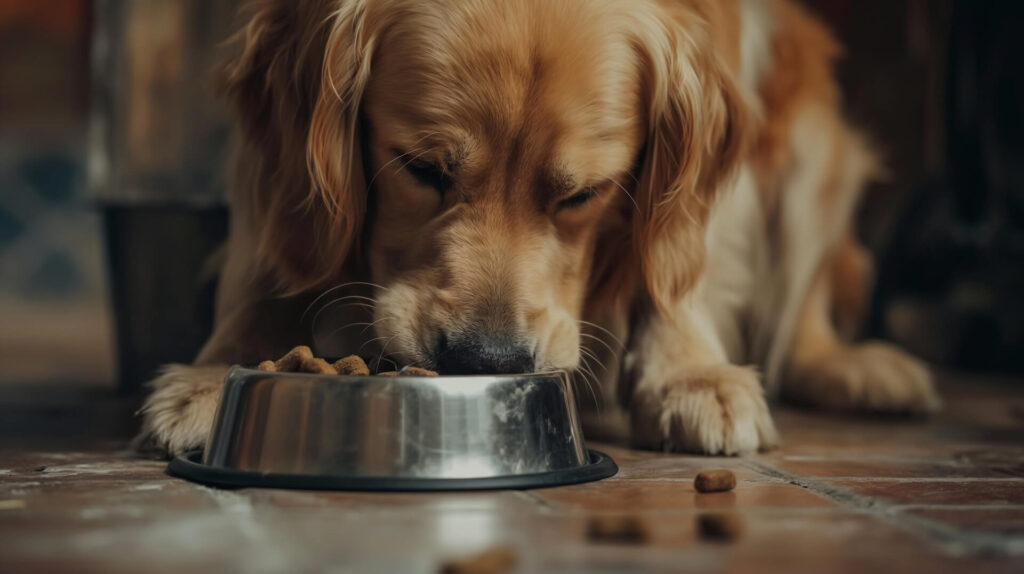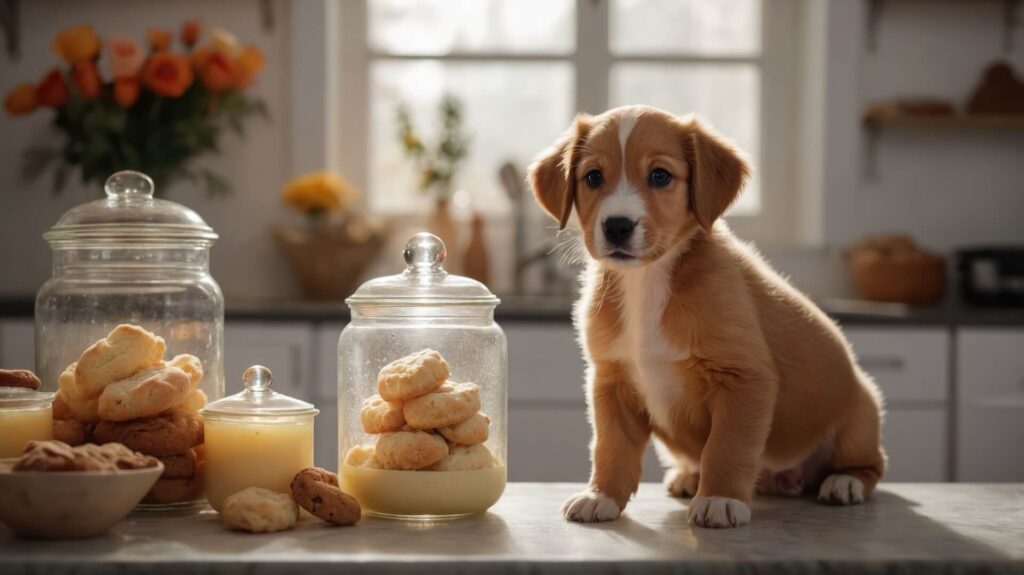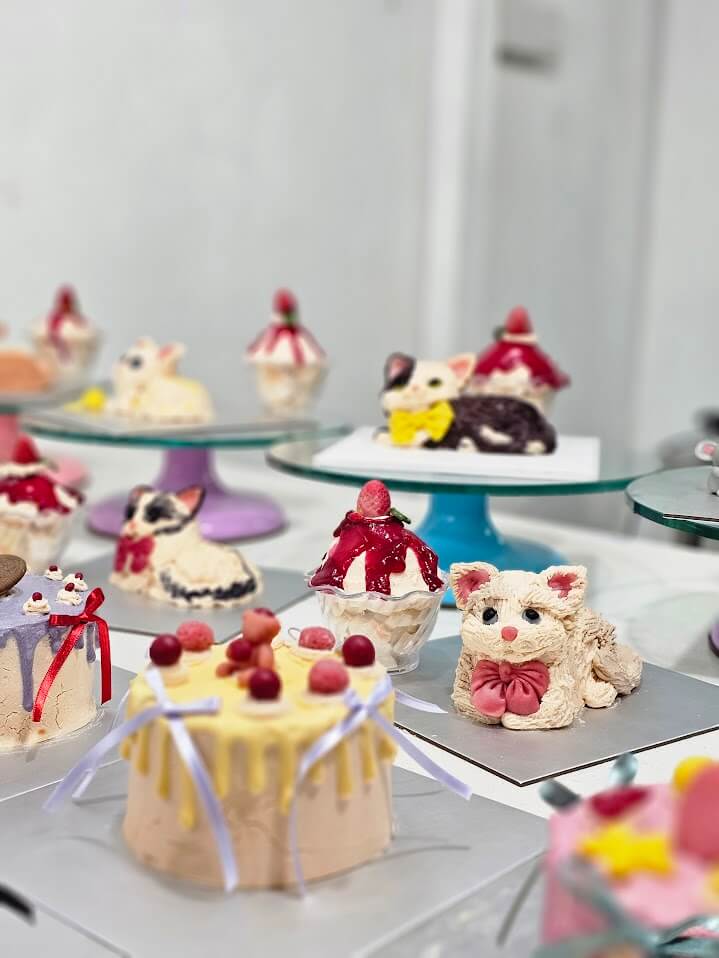
If you’re chewing over the thought of making homemade treats for your four-legged friend, then kudos—you’re in to join the league of about 27% of pet owners who make their own pet food. Not only can homemade treats be fresher and more nutritious, it also ensures they’re getting natural snacks without the nasties. However, before you make a beeline for the oven and grab your mixing bowl, there are a few important things to keep in mind to make sure the creations for your fur kid are both delicious and safe.
Let’s walk through all you have to know, step by step, so you can bake with confidence and see those happy tail wags (or purrs) in no time.

Shop-bought treats are definitely more convenient. But homemade versions offer several great benefits that make the extra effort worthwhile.
The main advantage of homemade pet treats is complete control over ingredients. Commercial products frequently include preservatives, artificial colouring, and low-nutrient fillers such as corn and soy. You eliminate these additives and automatically choose higher quality, nutritionally beneficial ingredients selected based on your pet’s health requirements by preparing treats at home.
Another great thing about homemade treats? You can tailor them to your pet’s unique needs. If your pup has a grain allergy or can’t handle chicken, no problem—just swap in ingredients that work for them. For pets with sensitive tummies, gentle options like pumpkin or sweet potato can be a soothing choice. Even the pickiest eaters usually can’t resist the smell of treats fresh from the oven.
Another advantage is portion control. Many store-bought treats are high in calories, which can lead to weight gain if given too often. When you make treats yourself, you can decide exactly how big they should be—perfect for training rewards or smaller breeds that only need a tiny nibble.
Finally, baking for your pet is simply more rewarding. Pet owners naturally love seeing their pets’ excitement when they realise there’s something made just for them. Plus, it’s a fun way to get creative in the kitchen while doing something meaningful.

Just because an ingredient is safe for humans doesn’t mean it’s suitable for pets. Many common kitchen items can harm animals, so it’s vital to recognise what to avoid.
Safe ingredients include peanut butter, provided it contains no xylitol, an artificial sweetener that’s deadly to dogs. Plain pumpkin purée (never the spiced variety) works well, as it’s gentle on digestion and rich in fibre. You can use oats and wholemeal flour in moderation, while carrots, blueberries, and apples (with seeds removed) make nutritious additions. Other safe options are plain yoghurt, cooked eggs, and unseasoned lean meats like chicken or turkey.
On the other hand, there are several foods you must never include. Chocolate, coffee, and anything containing caffeine are well-known hazards. Grapes and raisins can cause kidney failure in dogs, while onions and garlic can lead to anaemia. Avocado, though not always toxic, can be problematic for some pets, and raw yeast dough is a definite no, as it can expand in their stomachs. When in doubt, always verify an ingredient’s safety—it’s far wiser to err on the side of caution than endanger your best friend.

Every pet is different, so their treats should be too. First, consider any allergies or sensitivities your dog might have. If grains are problematic, you can easily substitute them with alternatives like coconut or chickpea flour. The texture matters just as much—senior pets or those with dental issues typically find softer treats easier to chow down, while energetic puppies often enjoy something with more crunch.
For training purposes, opt for small, low-calorie pieces that let you reward frequently without overfeeding. And if your pet follows a special diet, it’s always best to consult your vet before introducing new ingredients.
If you’re looking for an easy starter recipe, try peanut butter and pumpkin dog biscuits. You’ll need two cups of whole wheat flour, half a cup of pumpkin puree, a quarter cup of xylitol-free peanut butter, and one egg. Mix everything together, adding a little water if the dough is too stiff, then roll it out, cut into fun shapes, and bake until golden. We promise that your dog will absolutely adore them.

Even healthy treats should be given in moderation. Too many extras can lead to weight gain or an unbalanced diet. A good rule of thumb is that treats should make up no more than 10% of your pet’s daily calorie intake. If you’re unsure, check with your vet to determine the right portion size for your pet’s breed, age and activity level.
For pets watching the scale, lower-calorie alternatives like dehydrated sweet potato or frozen banana slices work well. To enhance nutritional value, consider adding pet-safe supplements; for example, flaxseed provides beneficial omega-3s, while a small amount of turmeric may offer anti-inflammatory properties. Again, just make sure they’re safe for pets first.

While homemade treats avoid the preservatives found in commercial products, this also means they don’t last as long. For best results, store them in an airtight container in the fridge where they’ll keep for about a week, or freeze them for longer-term storage. When making large batches, freezing portions separately means you’ll always have some on hand.
Crunchy biscuits can be kept in a cool, dry place for 2-3 days, but do check regularly for any mould. For frozen treats like yoghurt and berry bites, they make a perfect cooling snack, letting your pet enjoy licking at it slowly.

Making treats for your pet can be a simple and rewarding process. If you’d like, you can use shaped cookie cutters—bone-shaped for dogs or fish-shaped for cats—to make them more appealing. A light drizzle of yoghurt or blended fruit can serve as a safe decoration if you wish to add something more.
If your pet turns their snout up at one recipe, try another—just like humans, they have their individual preferences. The more you bake, the better you’ll understand what your furry friend loves most. It’s like getting to know them all over again.
Now that you’re all set to bake, let’s talk about some drool-worthy recipes your dog will go bonkers for. Most of these use basic ingredients you probably already have in your kitchen.
Knead whole wheat flour, shredded cheddar, and a splash of low-sodium broth into a dough. Roll into thin breadstick shapes (bone-shaped if you’re extra), brush with egg wash for shine, and bake until golden.
If your dog is more of a savoury snacker, try mixing shredded cheddar with grated apple and whole wheat flour. The apple keeps them moist, while the cheese adds that irresistible aroma.
Move over, cupcakes—pupcakes are here. Whip up a simple batter using peanut butter, mashed banana, and whole wheat flour. Bake in a muffin tin, then top with a dollop of plain, low or non-fat yoghurt “frosting”. For extra flair, sprinkle with crushed dog biscuits or a blueberry on top.

Baking homemade treats is one of the sweetest ways to show your pet some love—each bite is packed with care, quality ingredients, and that special magic only homemade goodies can bring. If you want to take your pet treat game to the next level, register for a class at Nanatang. Whether you’re a beginner or a seasoned baker, our hands-on classes will give you the skills (and secret tips) to create paws-itively delicious treats for your fluffy taste tester.
Visit our website to browse our courses and sign up. Until then, happy baking, and may your kitchen be forever filled with the gentle patter of paws when they know something tasty’s coming.